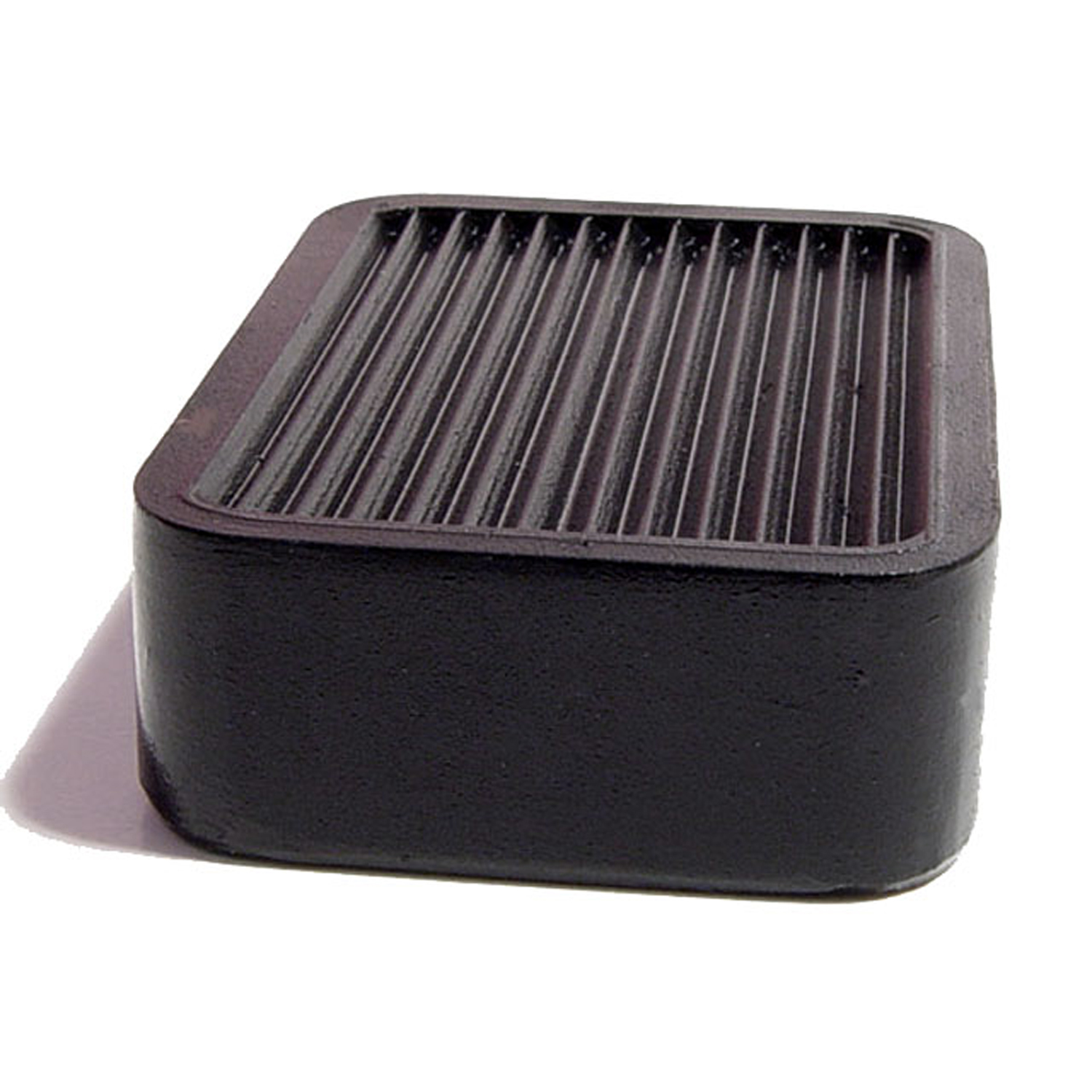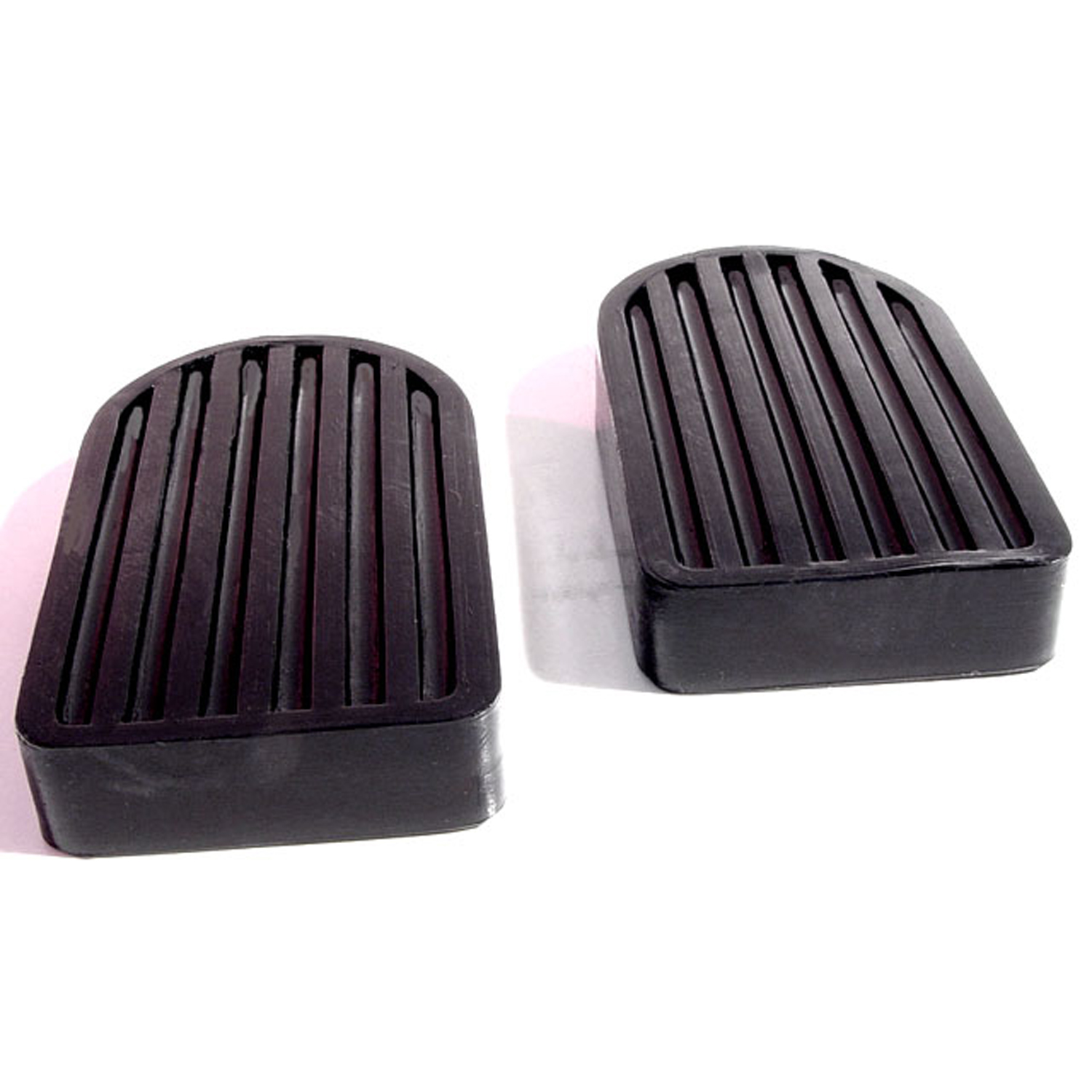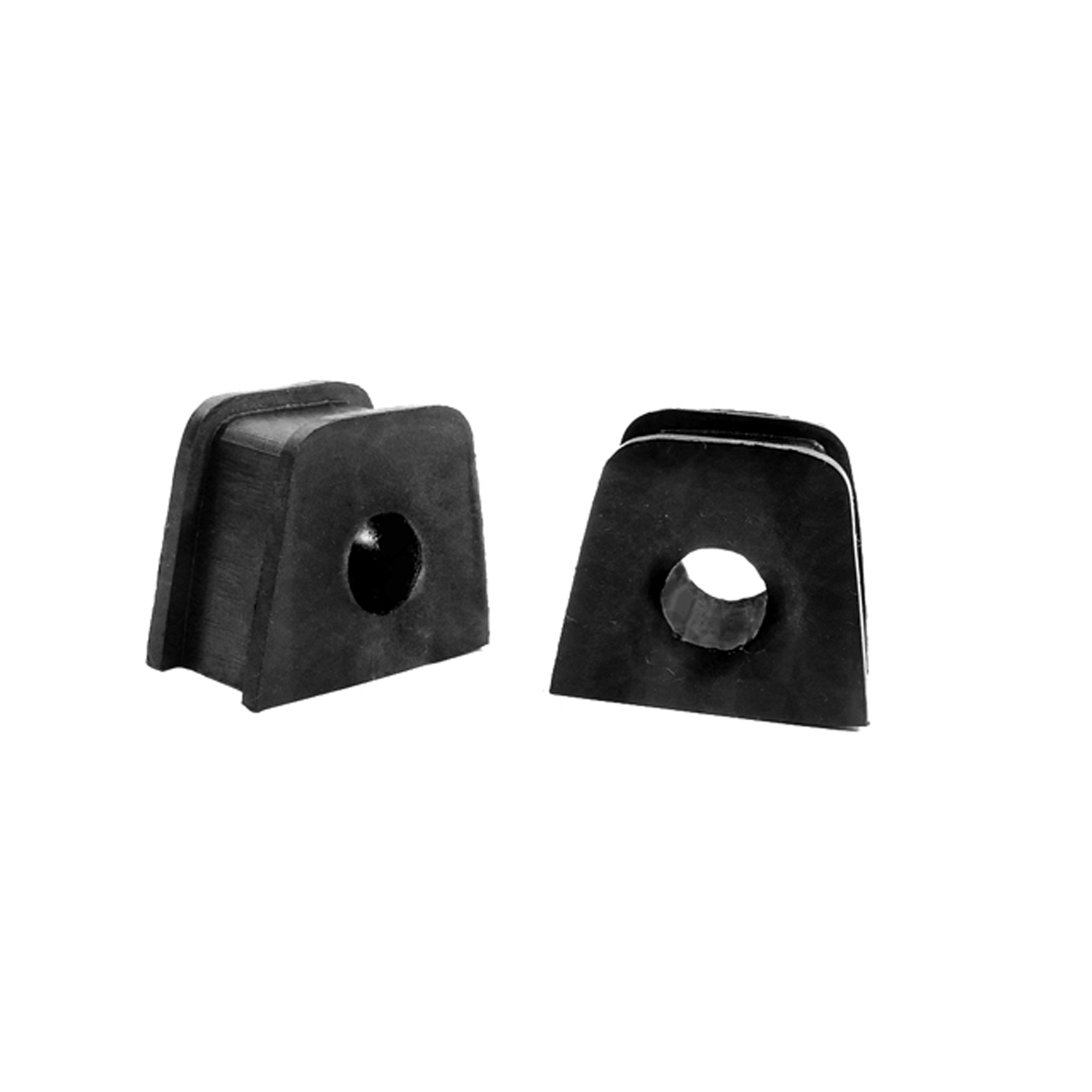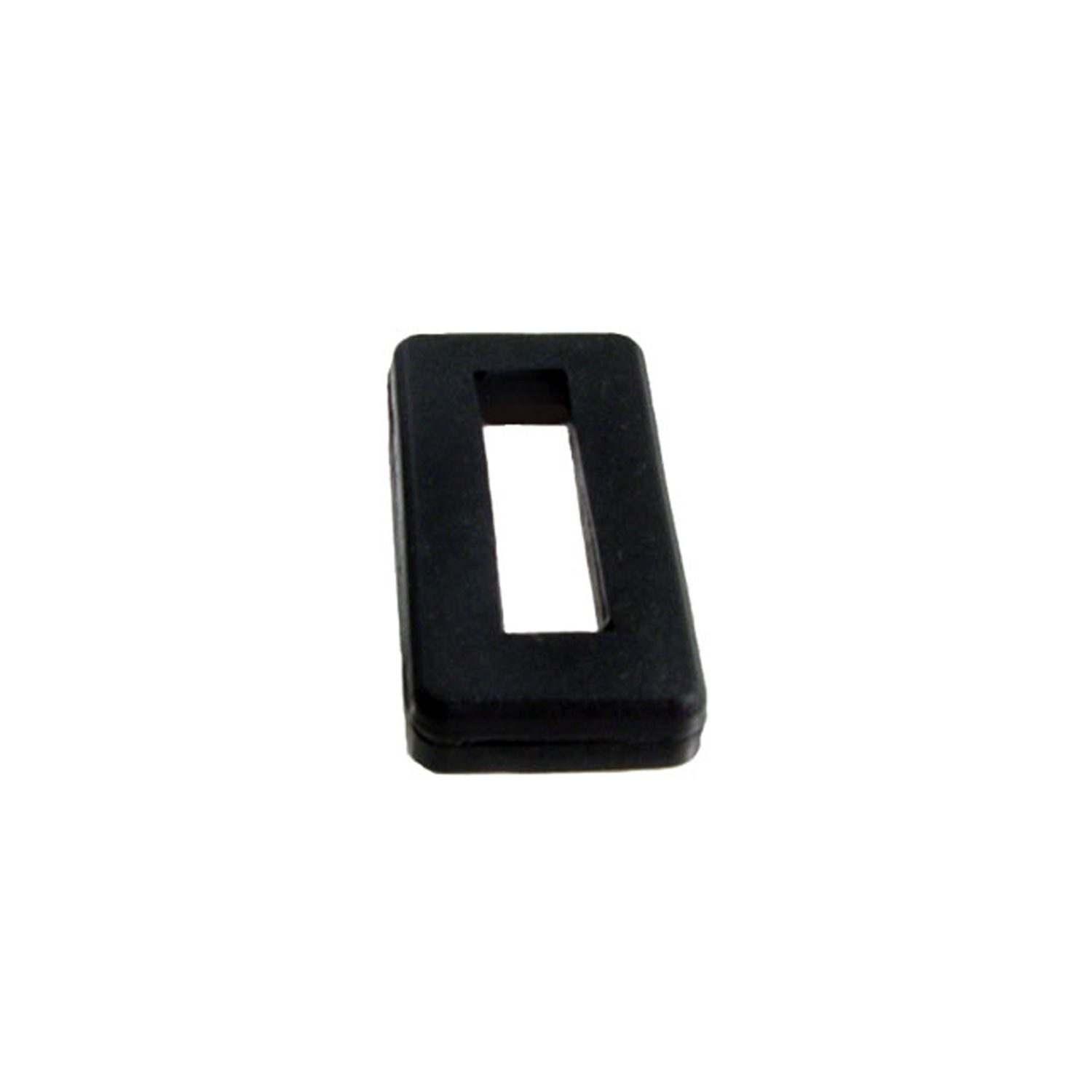Image of 1973 Mg Mgb, Note: These illustrations use artistic license and may differ from actual historical models.
Performance Metrics
Fundamental Metrics
Emotional Appeal
MMP Rating
| Engine Specifications | |
|---|---|
| Engine: | 1.8L I4 |
| Displacement: | 1798cc |
| Horsepower: | 95 hp |
| Torque: | 110 lb-ft |
| Compression Ratio: | 8.8:1 |
| Ignition System: | Electronic ignition system |
| Cooling System: | Liquid-cooled |
| Performance Specifications | |
| 0-60 Time: | 11 seconds |
| 1/4 Mile Time: | 18 seconds |
| Top Speed: | 105 mph |
| Transmission and Drive | |
| Drive Type: | RWD (Rear Wheel Drive) |
| Transmission Type: | 4-speed manual |
| Fuel and Efficiency | |
| Fuel System Type: | Twin SU carburetors |
| MPG: | 25 MPG |
| Dimensions and Brakes | |
| Brakes: | Disc brakes front, drum brakes rear |
| Wheelbase: | 91 inches |
| Weight: | 2,200 lbs |
Note: Specifications for classic cars are given to the best of our ability, considering the limited and variant data available.
Introduction
The 1973 MG MGB is a classic British sports car that captures the essence of open-top motoring from a bygone era. Manufactured by the British Motor Corporation and later by its successors, this iconic roadster was part of the MGB series that began in 1962 and continued through 1980. The '73 model holds a special place in automotive history as it represents the final year before significant changes were made to comply with new U.S. safety regulations, which altered the MGB's classic lines. A notable moment for the MGB was its role as the pace car for the 1974 "Marathon de la Route," an endurance race at Nürburgring, showcasing its reliability and performance.
Design and Innovation
The exterior of the 1973 MG MGB is characterized by its timeless design, featuring clean lines, a long bonnet, and a short rear deck. The roadster's chrome bumpers and grille, along with rounded headlamps, exude a charm that is quintessentially British. Inside, the cabin is straightforward yet functional, with a focus on driver engagement. Materials are modest but durable, reflecting the utilitarian philosophy of sports cars of that period. Technologically, the MGB was quite advanced for its time with features like a unibody construction and crumple zones. Color options ranged from vibrant reds to subtle greens, with popular choices including British Racing Green and Flame Red. The most iconic body style remains the two-door convertible, which offered an unparalleled driving experience.
Historical Significance
The 1973 MG MGB's impact on automotive design was profound. It helped popularize the affordable sports car segment, allowing many to experience spirited driving without an exorbitant price tag. Its blend of performance and practicality set it apart from contemporaries and has influenced generations of roadsters that followed.
Performance and Handling
Under the hood, the '73 MGB featured a 1.8-liter B-Series engine capable of propelling the car to a top speed of around 105 mph. Acceleration from 0-60 mph took approximately 11 seconds—a respectable figure for its time. Handling was one of the MGB's strong suits; it provided an engaging drive with responsive steering and a balanced chassis that handled bumps and windy roads with poise. The symphony of its four-cylinder engine combined with the tactile feedback from the road created an immersive driving experience.
Ownership Experience
The MG MGB was versatile enough to serve as a daily driver or weekend show car, with some even taking it onto the racetrack. Owners found it relatively easy to maintain due to its simple mechanical design and widespread availability of parts. However, like many vehicles of its age, reliability could be temperamental, requiring regular attention to keep it in top condition.
Fun Facts
This classic roadster has seen its share of limelight with rare editions like the GT V8 variant and celebrity ownerships including several British rock stars. While not known for breaking speed records, it did set records in terms of sales success for sports cars during its production run. Criticisms often centered around electrical issues—a common trait attributed to British cars of this period.
Collector's Information
Today, a well-preserved 1973 MG MGB can fetch anywhere from $10,000 to $20,000 depending on condition and provenance. With over half a million units produced throughout its entire production run, they are relatively available on the collector's market but finding one in pristine condition can be challenging. The value trend for these vehicles has been appreciating slowly over time as enthusiasts seek out original examples that haven't been significantly modified.
Conclusion
The 1973 MG MGB is more than just a car; it's a slice of automotive history that embodies the joy of driving in its purest form. Its legacy endures in the hearts of enthusiasts and collectors alike who cherish this quintessential British roadster for its simplicity, beauty, and driving pleasure.
1973 Mg Mgb Catalog of Parts
 1973 MG MGB Accelerator Pedal Pad. 1-3/16" wide X 1-5/8" long. Each-AP 28Accelerator Pedal Pad. 1-3/16" wide X 1-5/8" long. Each
1973 MG MGB Accelerator Pedal Pad. 1-3/16" wide X 1-5/8" long. Each-AP 28Accelerator Pedal Pad. 1-3/16" wide X 1-5/8" long. Each 1973 MG MGB Clutch and Brake Pedal Pads. 1-3/4" wide X 3" long. Pair-CB 86Clutch and Brake Pedal Pads. 1-3/4" wide X 3" long. Pair
1973 MG MGB Clutch and Brake Pedal Pads. 1-3/4" wide X 3" long. Pair-CB 86Clutch and Brake Pedal Pads. 1-3/4" wide X 3" long. Pair 1973 MG MGB Stabilizer Bar Bushings. 1-1/2" high, 3/16" I.D. Pair-RP 22Stabilizer Bar Bushings. 1-1/2" high, 3/16" I.D. Pair
1973 MG MGB Stabilizer Bar Bushings. 1-1/2" high, 3/16" I.D. Pair-RP 22Stabilizer Bar Bushings. 1-1/2" high, 3/16" I.D. Pair 1973 MG MGB Grille Shell Grommet. 2" X 1" X 5/16" Thick. Each-SM 7Grille Shell Grommet. 2" X 1" X 5/16" Thick. Each
1973 MG MGB Grille Shell Grommet. 2" X 1" X 5/16" Thick. Each-SM 7Grille Shell Grommet. 2" X 1" X 5/16" Thick. EachWhy Choose Metro?
For over 100 years, Metro Moulded Parts has been the pinnacle of quality in classic car restoration parts. Our commitment to precision and authenticity in every component ensures a perfect fit and an OEM-level appearance.
- Expert Craftsmanship & Quality: Each part is a testament to our dedication to reliability and perfection, crafted from original designs and thoroughly tested.
- Advanced Technology: We use cutting-edge techniques to create flawless, long-lasting parts that surpass others in performance.
- SuperSoft Sponge – The Ultimate Door Seal: Not only are our door seals 30% softer than competitors', but they're also guaranteed to never leak. They effectively reduce wind and road noise, enhancing your classic car's comfort and driving experience.
- Proudly American: Our parts are a product of American craftsmanship, made in the USA with a spirit of excellence and heritage.
- Unrivaled Warranty: We back our products with a 30-year industry-leading warranty, a testament to our confidence in their quality.
Join us in preserving the legacy of classic cars with parts that are crafted for perfection, not just made.

